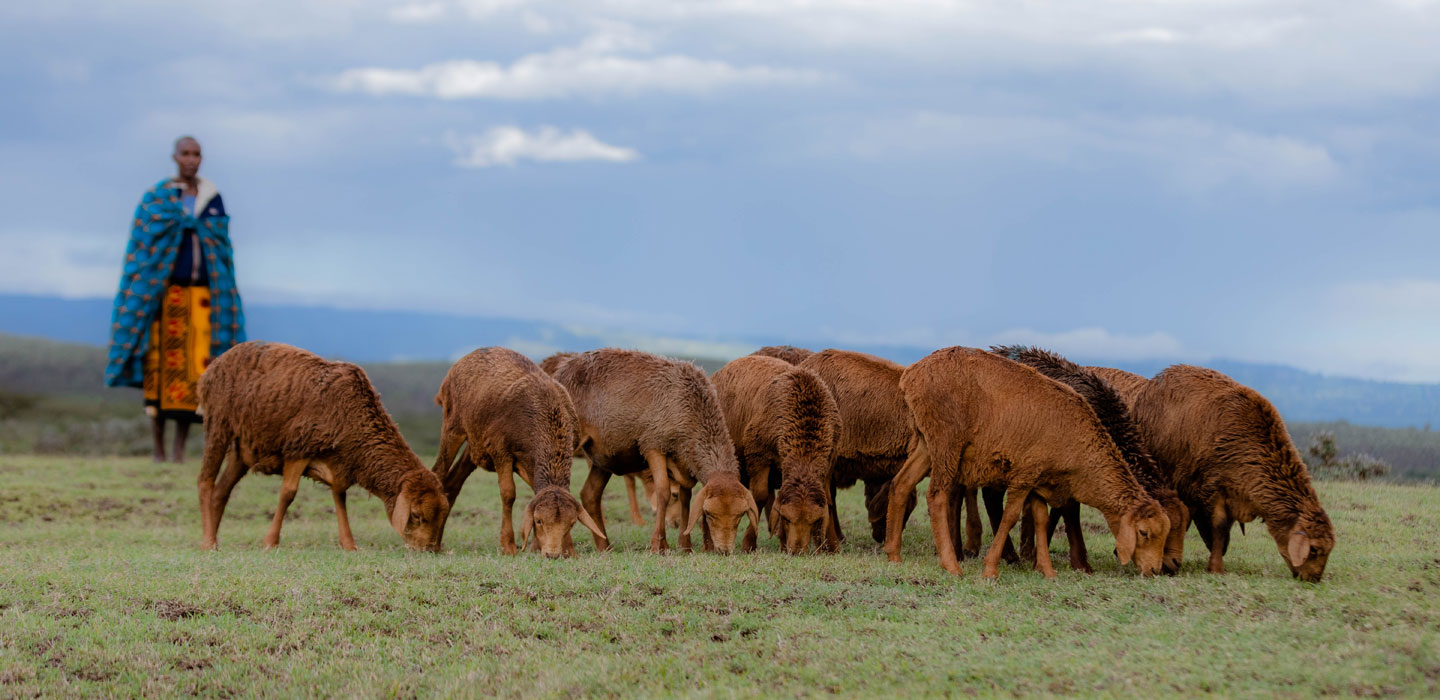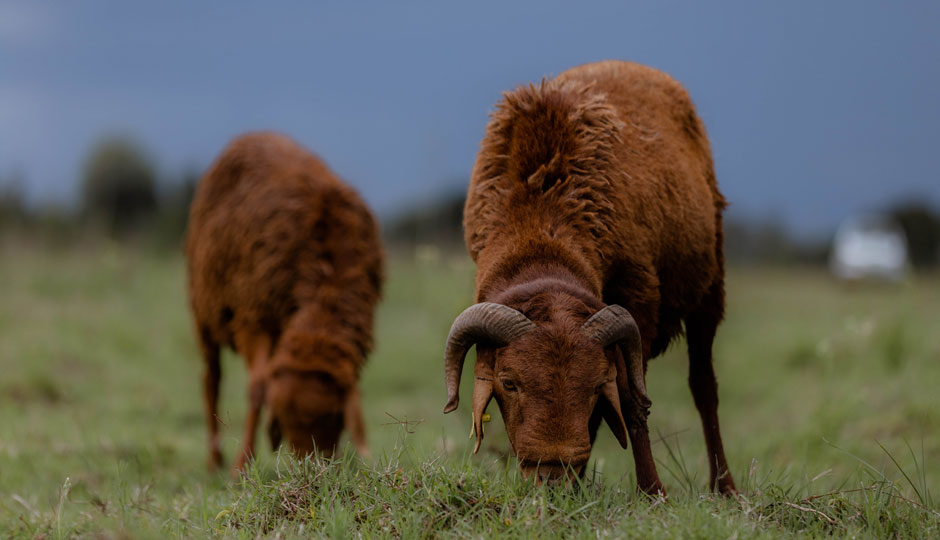The Maasai of Kenya and the Red Maasai sheep slow food presidium
IFAD Asset Request Portlet
Asset Publisher
The Maasai of Kenya and the Red Maasai sheep slow food presidium
Estimated reading time: 3 minutes
The rights of indigenous peoples to control their land according to their own needs and decisions is fundamental to protect their livelihoods and defend the biodiversity of native animal breeds and plant varieties. It is clear then that supporting indigenous communities and their traditional food systems means preserving the world’s biodiversity.
The Maasai people of East Africa live along the Great Rift Valley in southern Kenya and northern Tanzania. Traditionally, they were semi-nomadic people who lived under a communal land management system, their livelihood relying largely on cattle, goats and sheep. Herding cattle is typically a male job, whereas sheep are tended by women and children. The movement of livestock was typically based on seasonal rotation. According to Maasai traditional land agreements, no one should be denied access to natural resources such as water and land. In recent times, the Maasai have lost large swaths of their land with access to critical water sources, pastures and salt licks to national parks and reserves. This, together with increasingly severe droughts, a consequence of global warming, has led to a significant reduction in traditional Maasai sources of livelihoods. The Red Maasai sheep, with its red-brown fleece, is an indigenous East African breed traditionally kept by the Maasai and by smallholders in Kenya, Tanzania and Uganda. Though less productive than some other breeds, the Red Maasai sheep is valued for its hardiness in arid conditions and good resistance to internal parasites. Other positive features are flavor of its meat, which the Maasai describe as “sweet” and the quality and thickness of its milk. Over time, Red Maasai sheep almost disappeared and were replaced by flocks of Dorper sheep, introduced by the British.
|
|
|
One of the main challenges for the Presidium was to find the two small flocks of Red Maasai sheep that would constitute the first nuclei of reproducers. It eventually purchased two flocks of 10 ewes and two rams each for a total of 24 animals. Photo credit: Slow Food |
The Slow Food Kenya team proposed the Red Maasai breed for a Presidium because of its uniqueness and, considering the benefits that would be generated, to help the Maasai people in the difficult situation in which they found themselves. Realizing that economic returns would be slow to emerge, however, they were also aware that a long-term commitment would be necessary for a Red Maasai Sheep Presidium to become self-sufficient. Two groups of breeders were identified, one in the Nakuru County Satellite/ Rosarian community, and one in the Narok County Olkeri community. By September 2020, the Presidium had 41 members, 20 of whom were youths when they joined, 19 of whom were women. Youth involvement in the Presidium was a specific commitment in both groups and youths have worked alongside the elderly to learn and help in reviving traditions. The Presidium also left plenty of room for female participation, as women are considered to be highly skilled in identifying the best animals.
During the first year, activities focused on group formation, registration and intensive training (leadership, group organization, animal nutrition and husbandry etc.). Slow Food Kenya and Presidium members also scouted for butchers and other potential buyers for Red Maasai Sheep. Information collected during monitoring in September 2020 indicates that both flocks comprised a total of 25 animals and a new round of lambing is expected soon. Overall, the Presidium is operational and its members are dedicating energy and effort to ensuring its viability, bearing in mind that, for them, tangible results will only emerge slowly and over time.
In 2017, after several years of partnership between IFAD and Slow Food on themes related to food security, indigenous peoples and youth, IFAD approved a grant, with title “Empowering Indigenous Youth and their Communities to Defend and Promote their Food Heritage”, to be implemented by Slow Food over three years.
Publication date: 27 April 2021